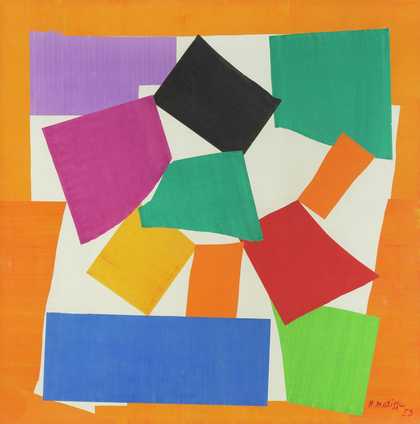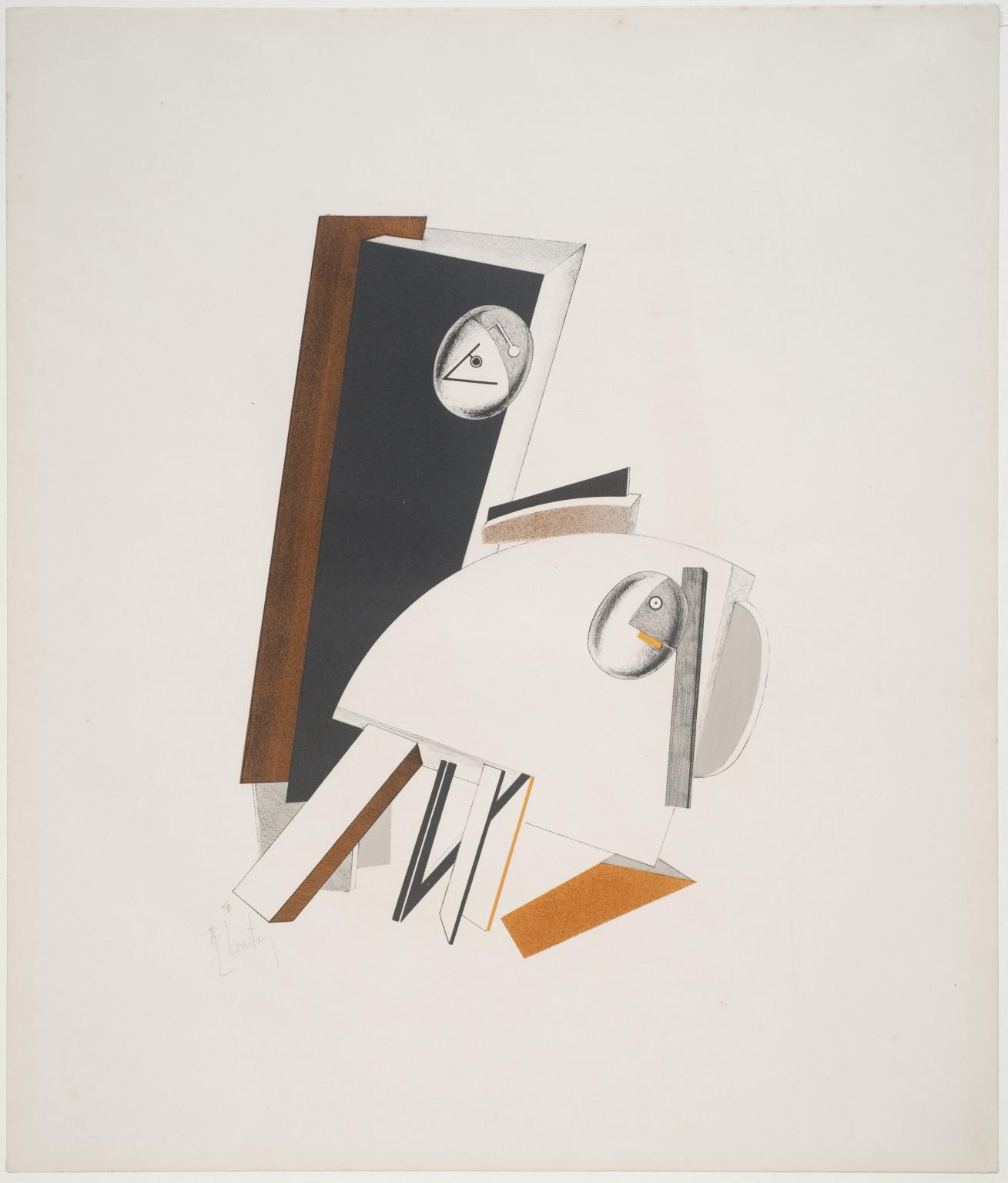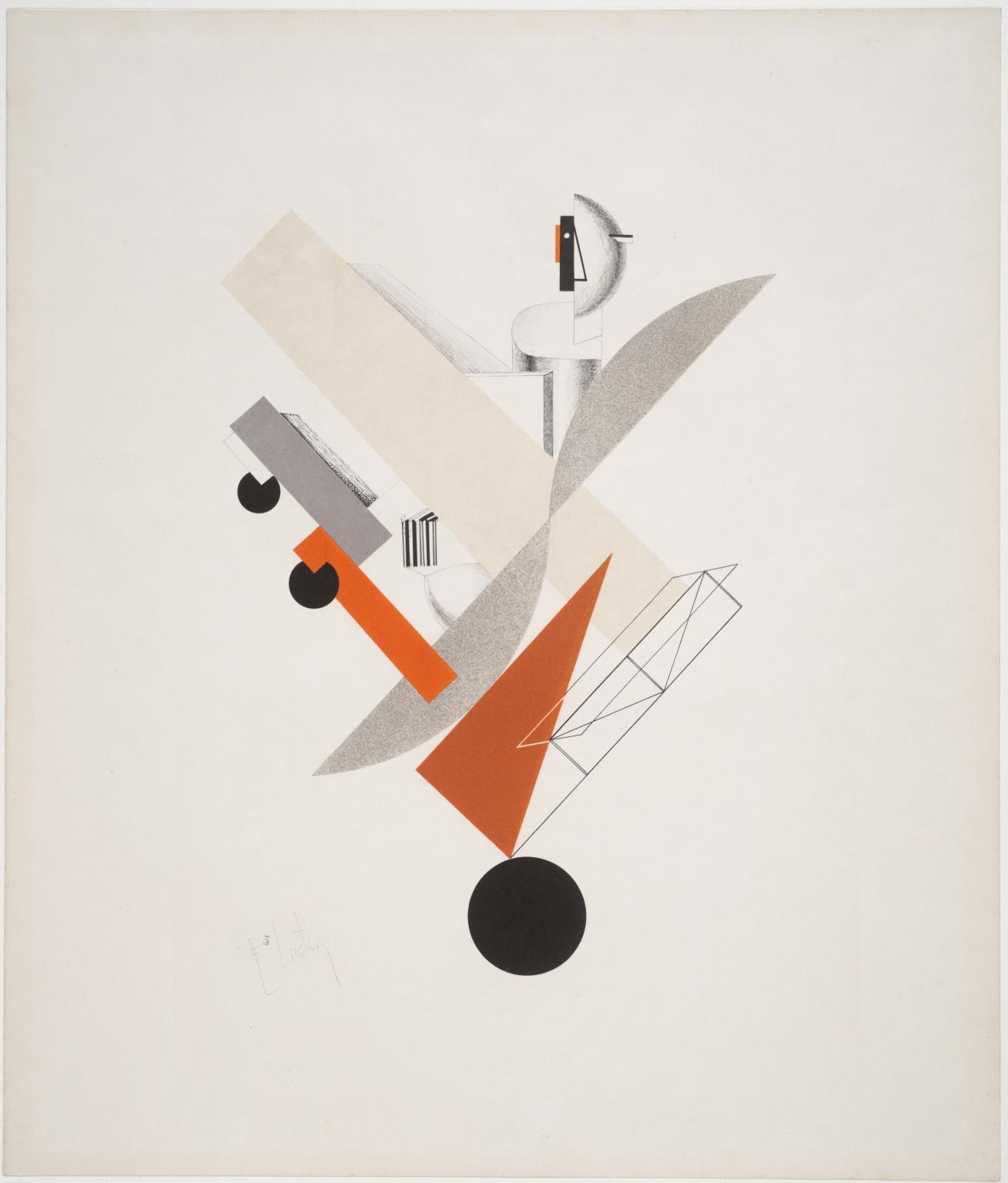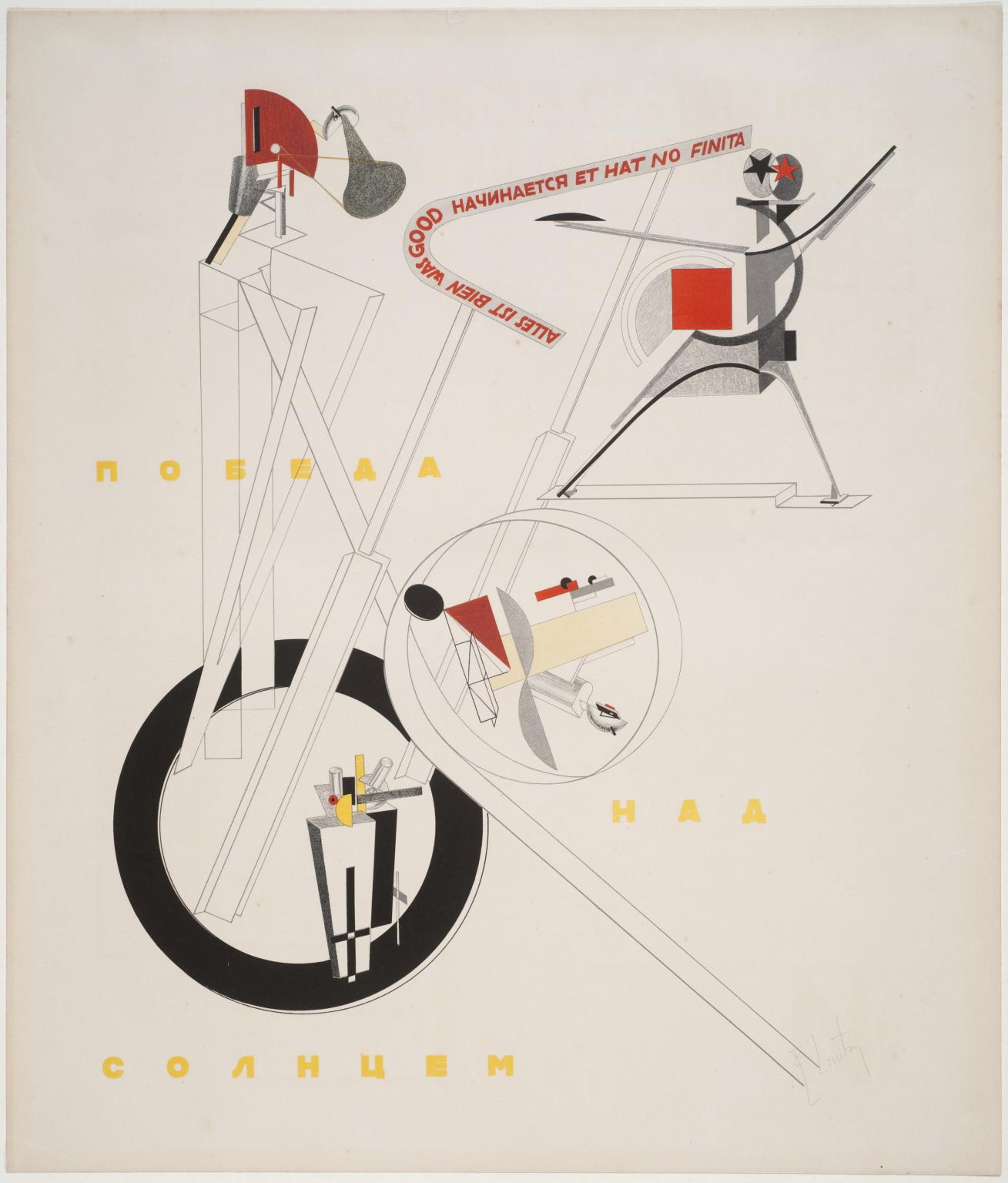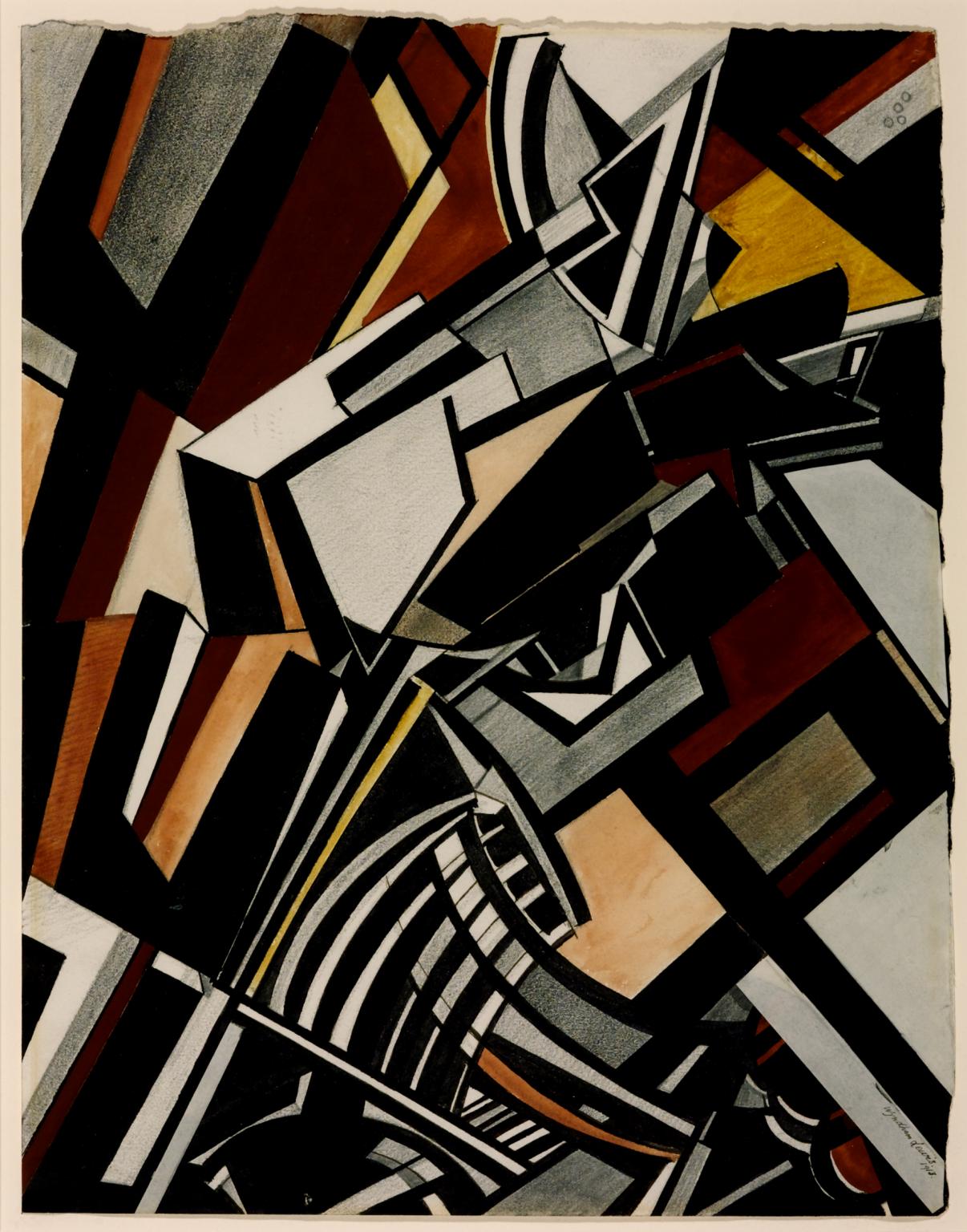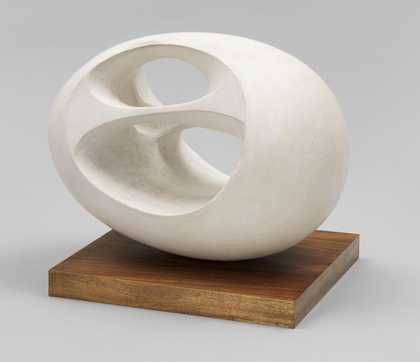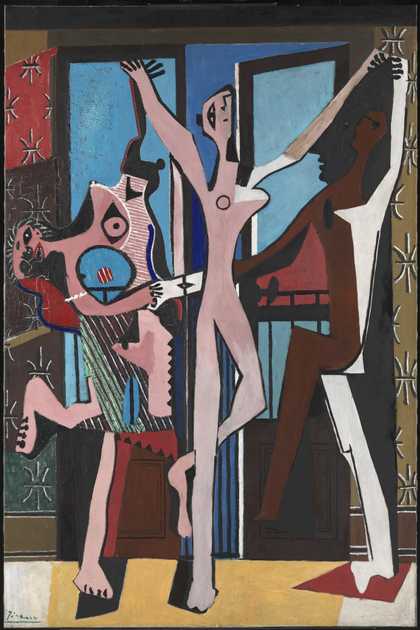This display introduces you to some of the best-loved artworks in the Tate collection
This display introduces you to some of the best-loved artworks in the Tate collection. Linked by themes such as colour, these rooms with highlight artworks from a range of countries, cultures and times.
Art in this room
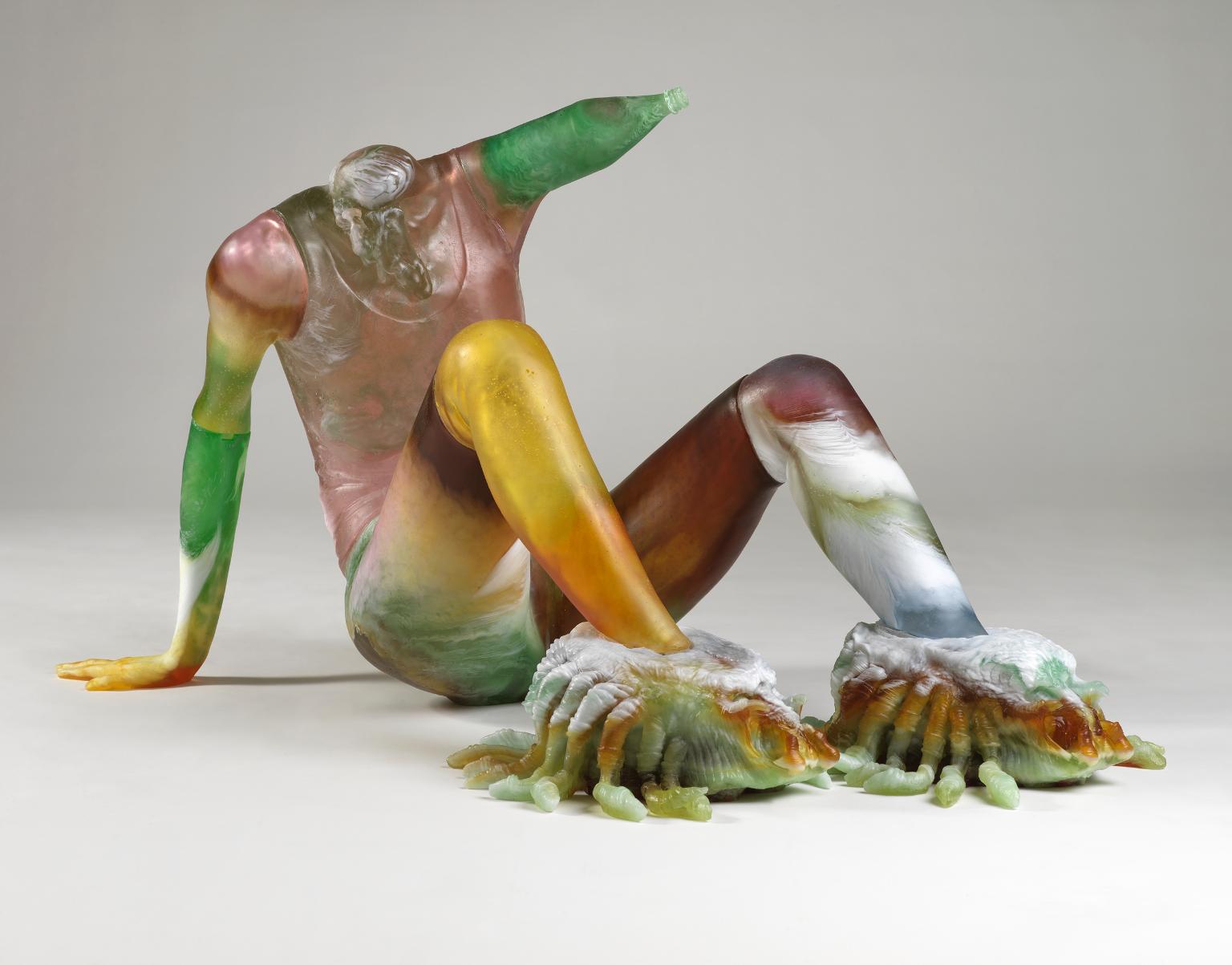
Andra Ursuţa
Predators ‘R Us
2020
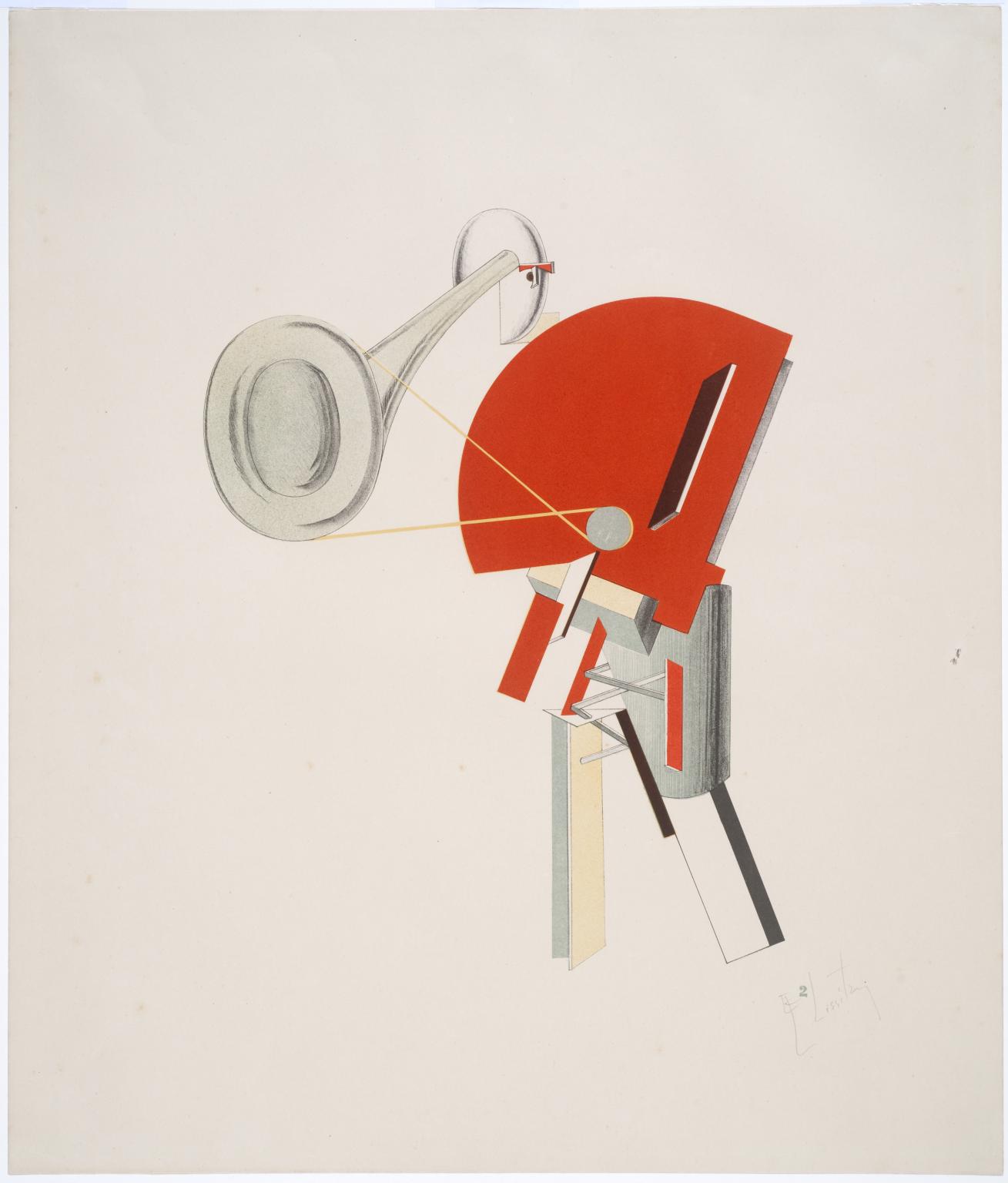
El Lissitzky
2. The Announcer
1923
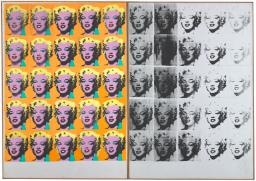
Andy Warhol
Marilyn Diptych
1962
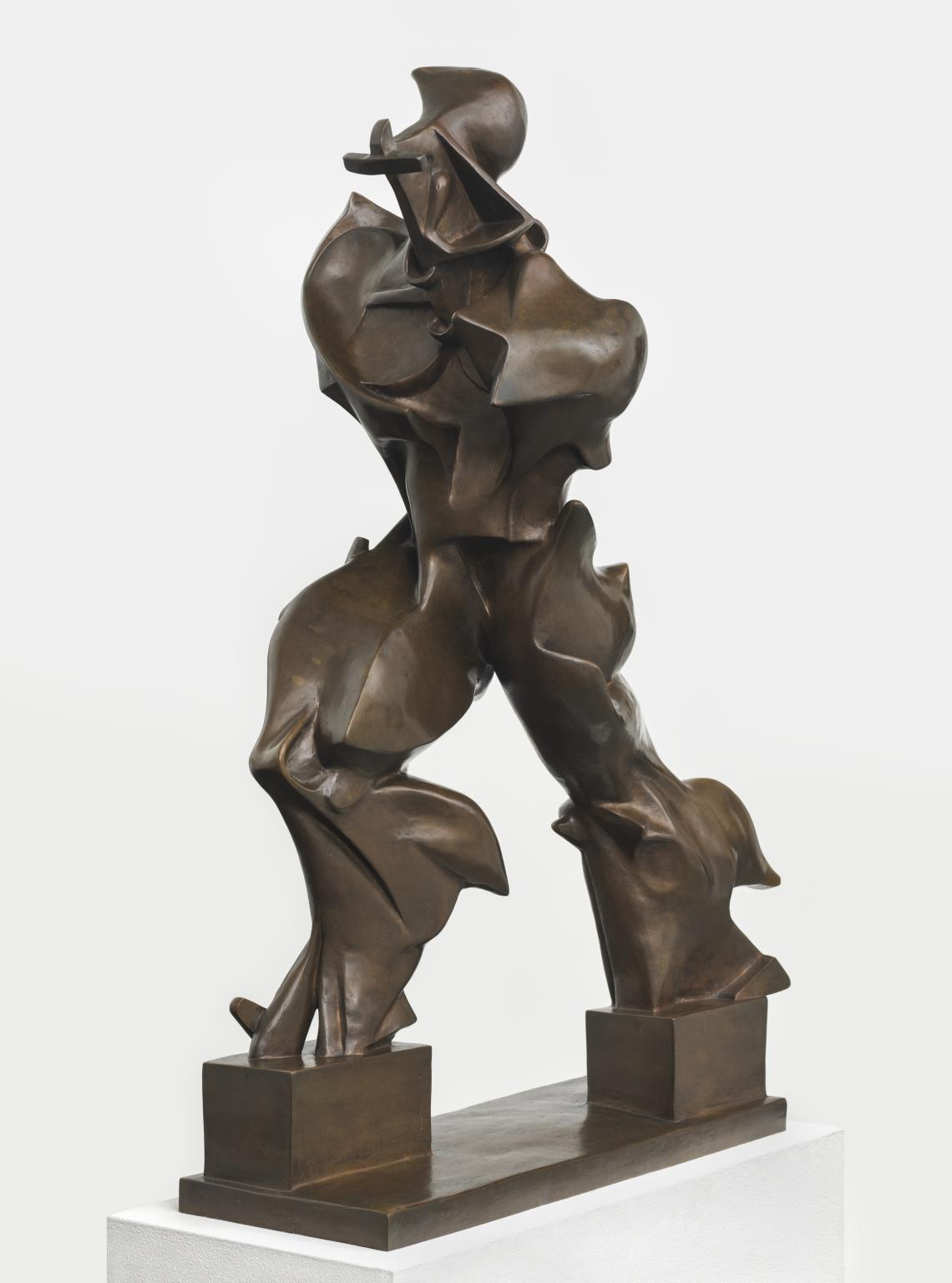
Umberto Boccioni
Unique Forms of Continuity in Space
1913, cast 1972
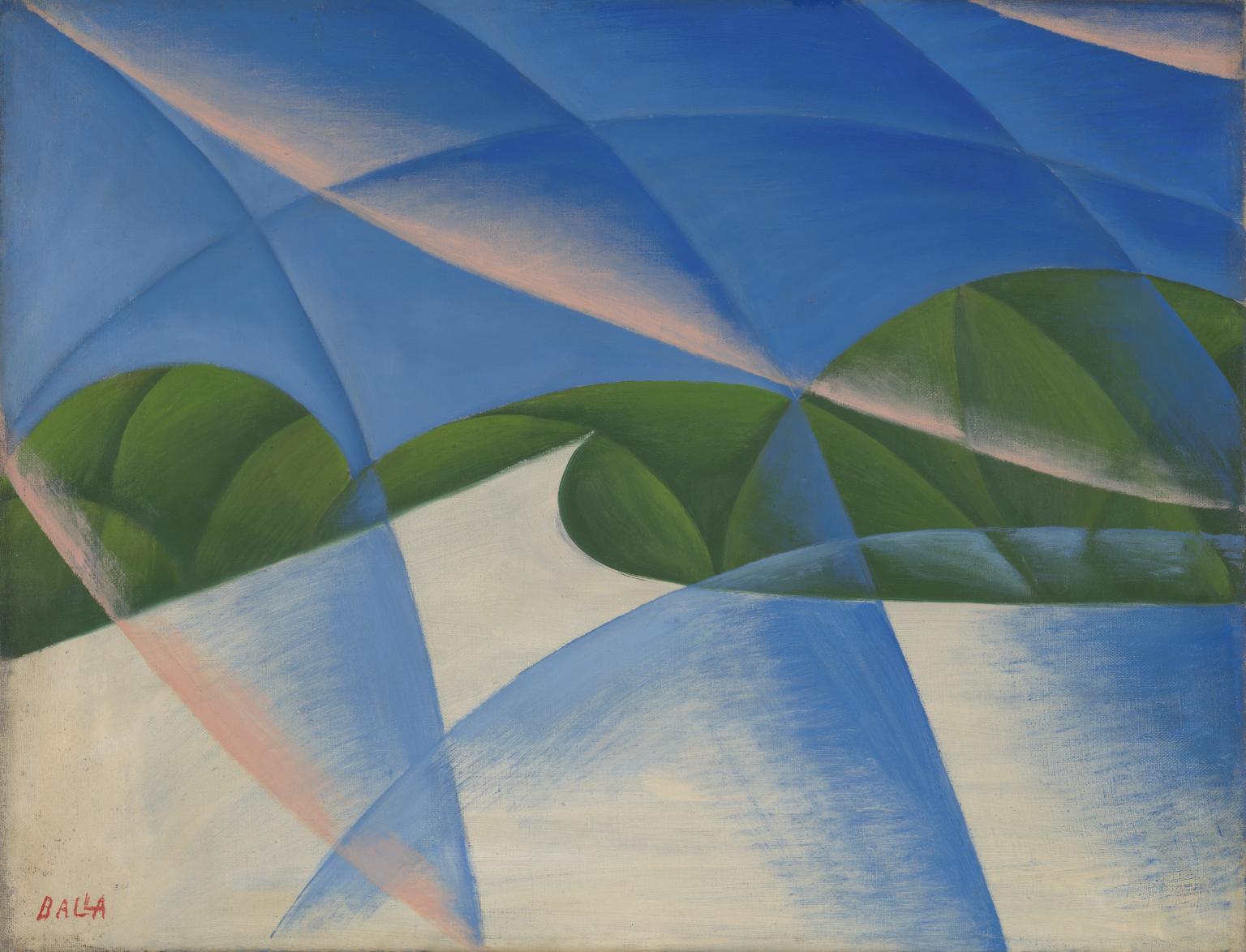
Giacomo Balla
Abstract Speed - The Car has Passed
1913
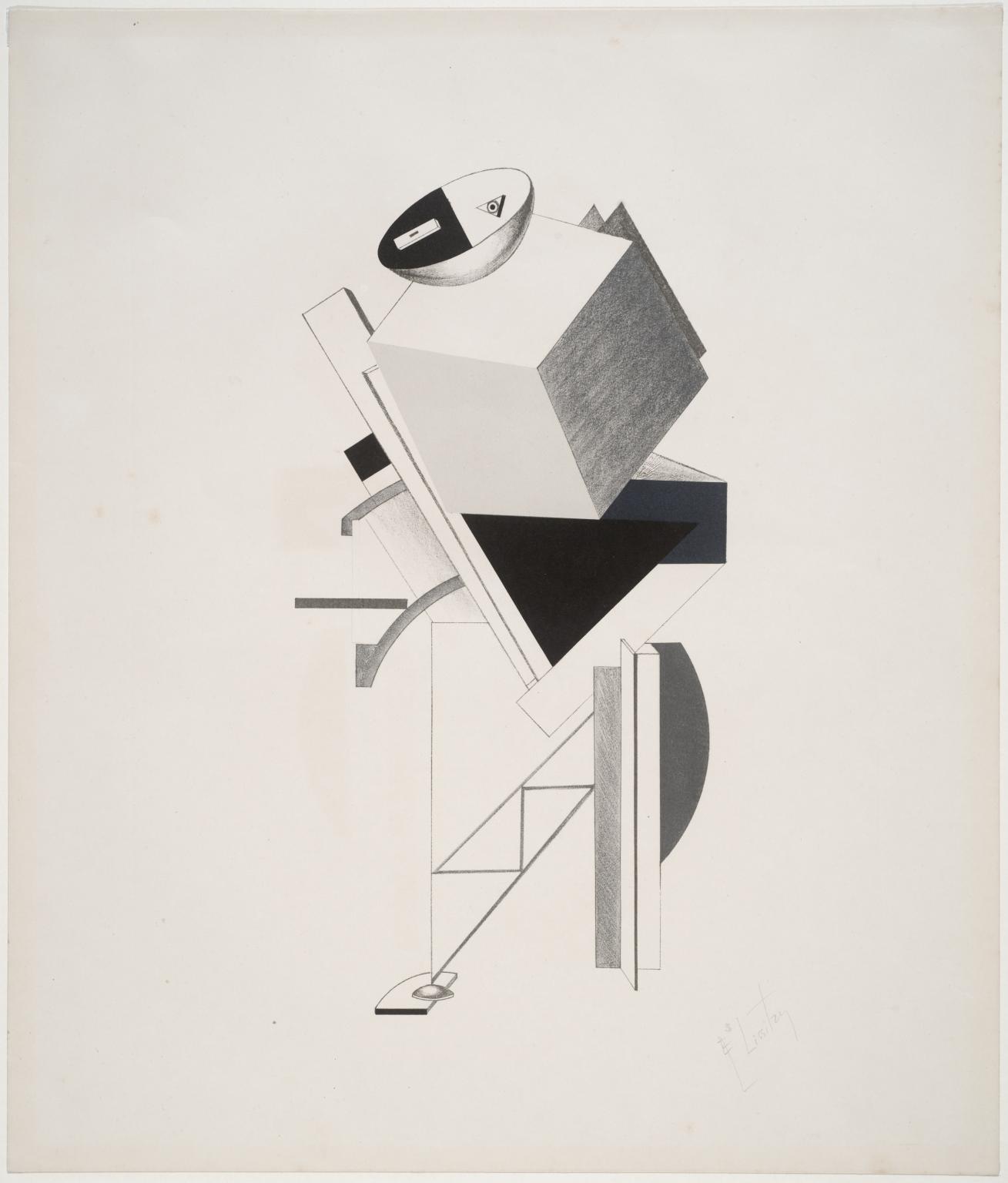
El Lissitzky
3. Sentry
1923
You've viewed 6/10 artworks
You've viewed 10/10 artworks

